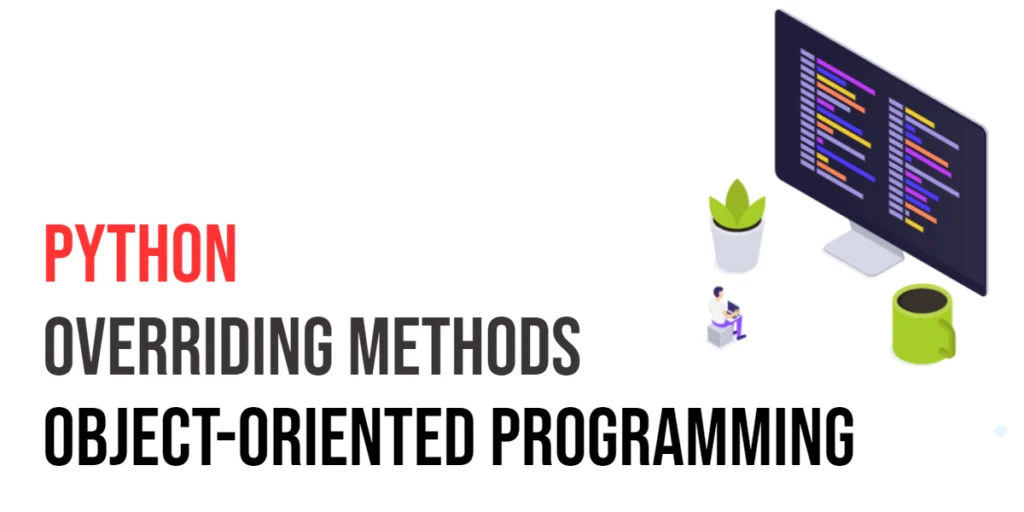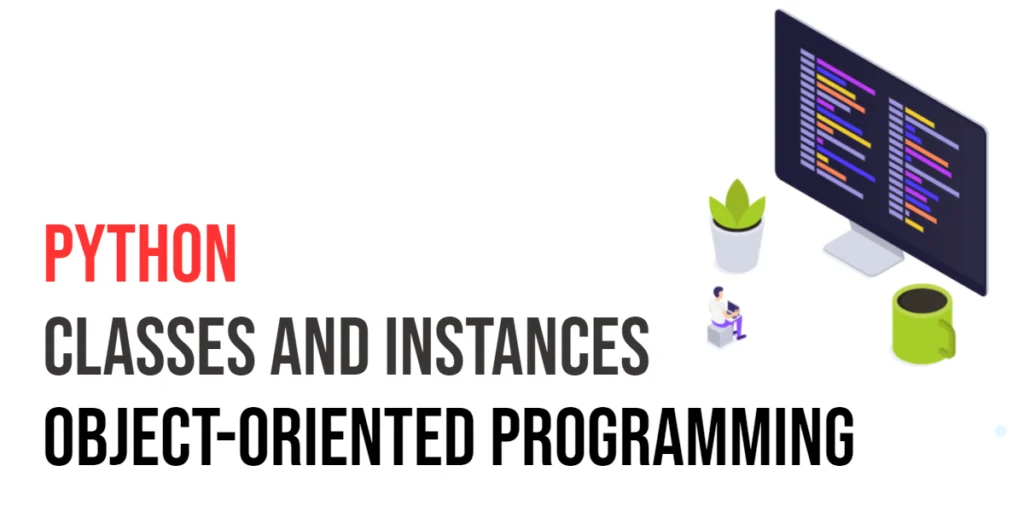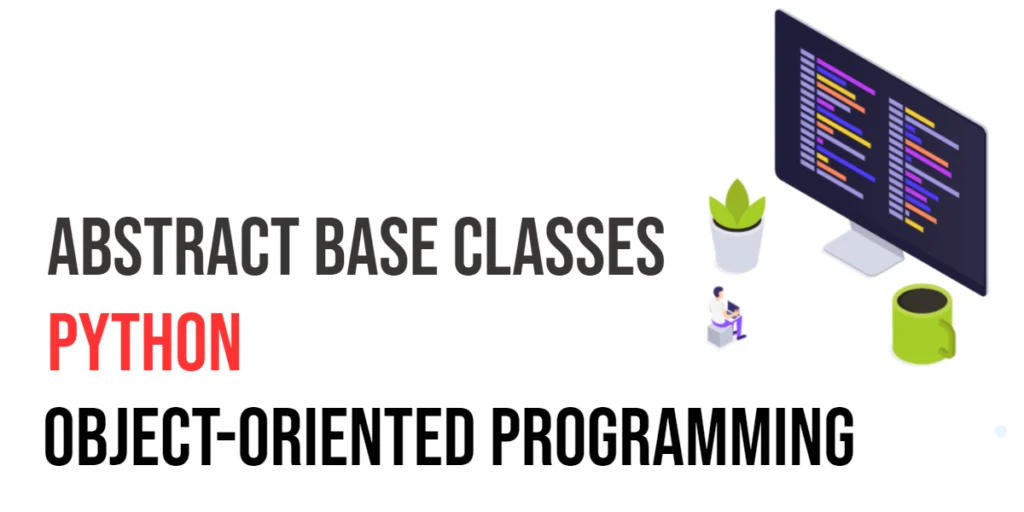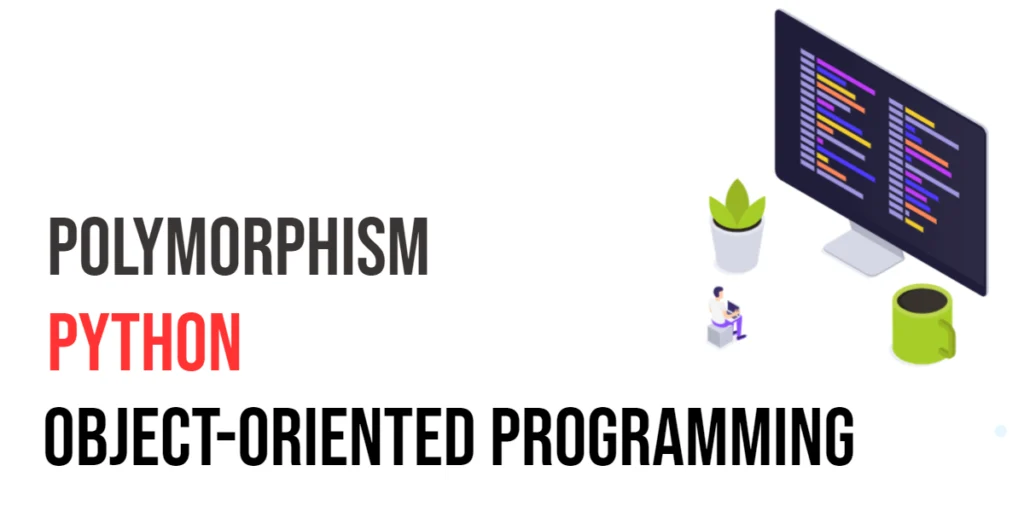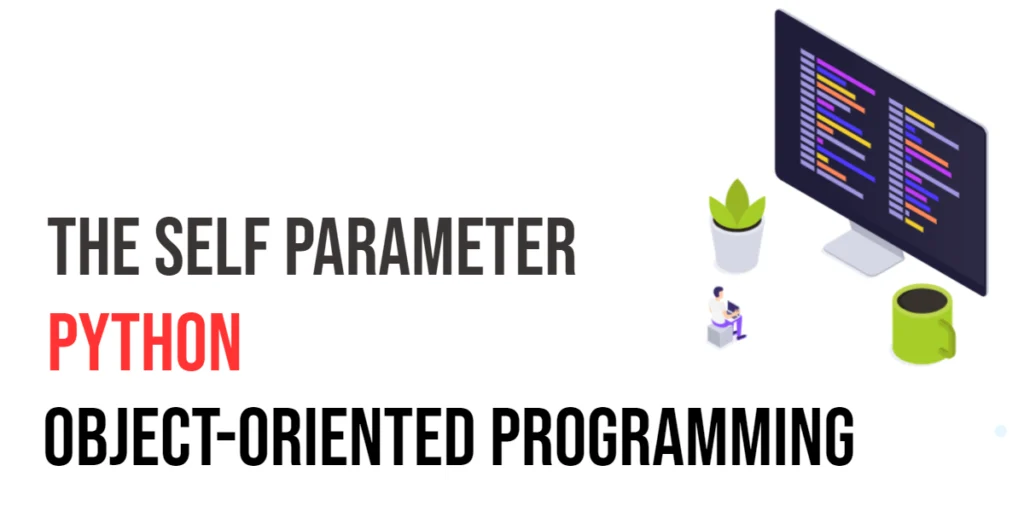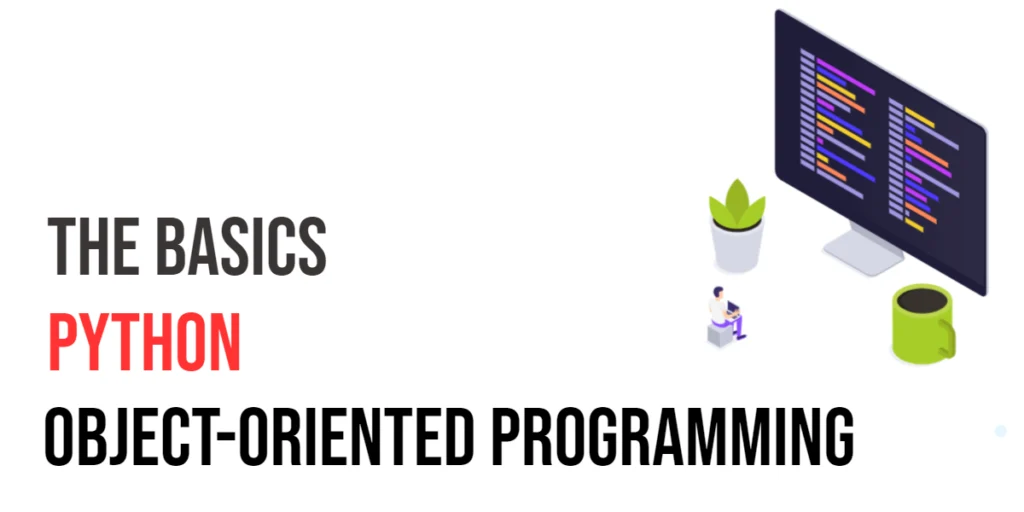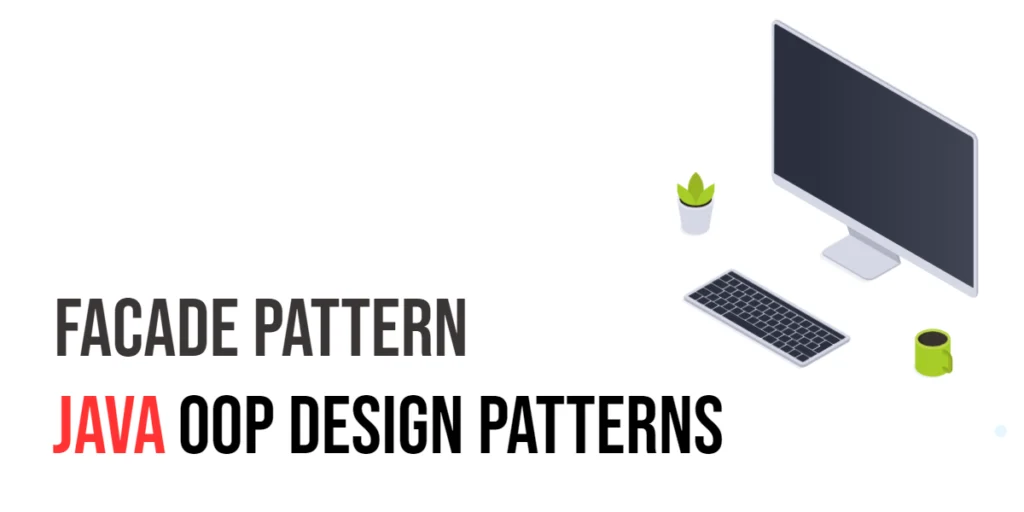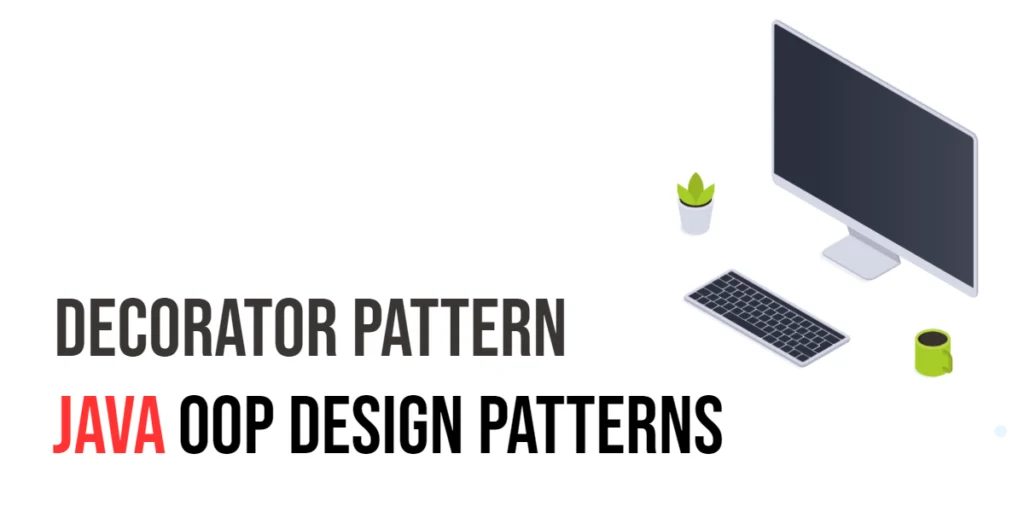Python Object-Oriented Programming: Overriding Methods
Object-Oriented Programming (OOP) is like creating a blueprint that allows programmers to bundle properties (like color, size) and behaviors (like start, stop) into individual units called “objects”. This approach not only makes the code cleaner and easier to understand but also helps manage larger software projects by keeping related features together. Python, known for its […]
Python Object-Oriented Programming: Overriding Methods Read More »
